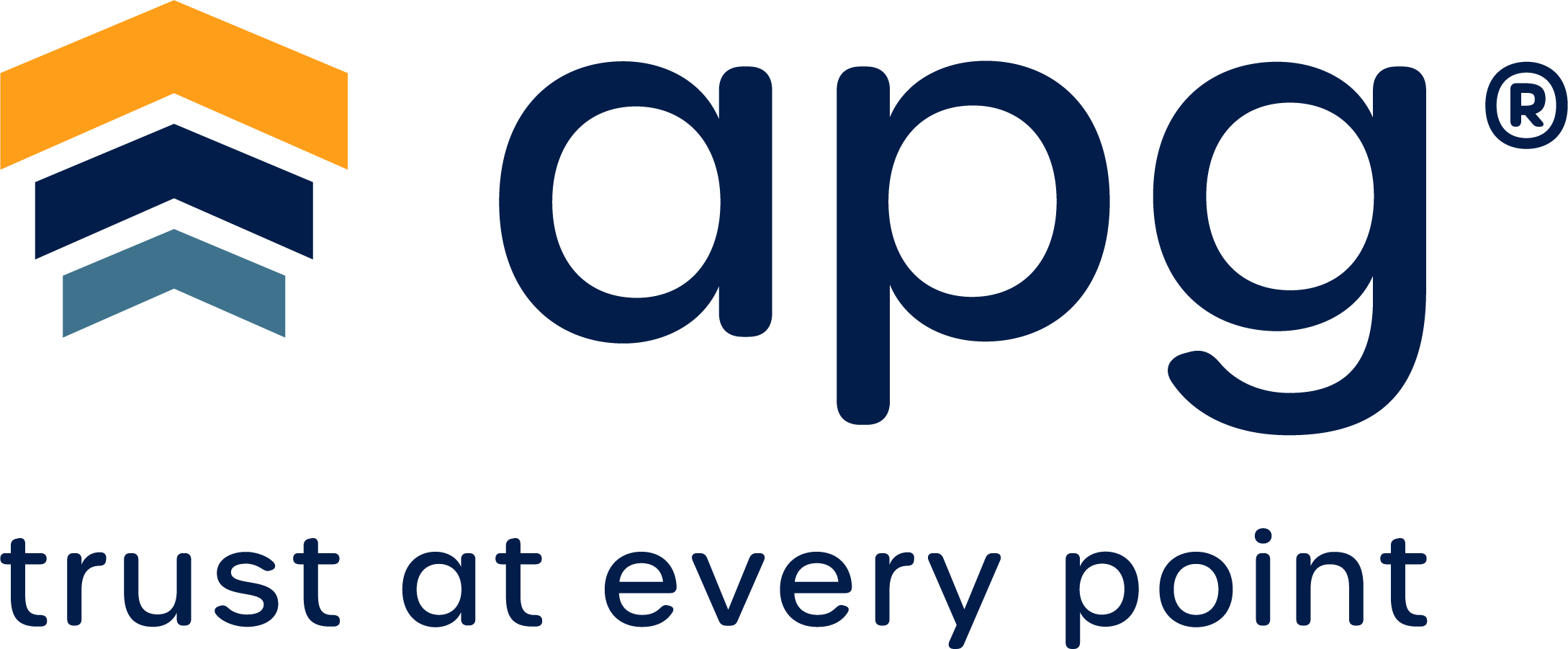Why You Should Consider Retail Mobile Solutions To Boost Employee Productivity
Retailers continue to adapt to an omnichannel environment
While retailers have put the worst of the pandemic’s effects behind them, many challenges remain. Retailers continue to adapt to an omnichannel environment, with customers still turning to curbside pickup options, as well as shopping online and picking up orders in stores.
Retailers also face recurring major seasonal sales events, stiff competition, labor shortages, and more. They contend with unexpected buying trends, as well as ever-changing safety demands. All of this disruption and unpredictability demands a fast response that adheres to best practices. Through this, retailers must provide the customer a safe, predictable, and delightful experience. This means the already pressed-upon retail workforce must be nimbler and more engaged than ever to succeed.

Fortunately, there are mobile-enabled platforms that can give front-line employees the agility to make their work easier and more efficient. Indeed, some major chains are even distributing smartphones solutions to their associates, gratis, to help optimize operations. For retailers that haven’t adopted mobile technologies for their associates–or have only had a limited rollout–it’s time to rethink overall strategy.
Getting Ahead of the Mobility Curve
A tablet- or smartphone-enabled retail employee is crucial for improving your store operations:
Increase Productivity Gains: Old retail communications and task management systems were based on email, phone, or face-to-face communication. Those approaches and assignments are too brittle or disjointed for today’s fast-paced retail environment. It’s crucial that employees have one mobile interface to receive instructions and tasks. This approach streamlines processes and avoids time wasted toggling between applications, searching through communications on the backroom computer, or looking through paper files for the right information.
Improve Employee Flexibility and Agility: If the pandemic demonstrated anything, it’s that the retail industry faces uncertainty. There are always variables creating further disruption: severe weather, supply chain gaps, public unrest, spikes in COVID-19 transmission, and more. Workers need to be more flexible to manage disruptions. They need updates and guidance on the floor, behind the register, on the curb–and that can only be provided via reliable mobile solutions.
Boost Accountability: Over a mobile network, managers (and associates) can get snapshots of store operations at any time from any place. The system can take in feeds from any associate on the front line and see if a given product recall or promotion is in process or completed. If there is a problem (say, a sudden customer-caused event in a store), the system can issue alerts to all relevant managers and team members to address the situation immediately and ensure the problem is fixed according to corporate guidelines. Management can also ensure that employees have received, read, and executed the latest activity instructions.
Provide Employees What They’re Used To: Across the board, your associates (especially those in their teens and 20s) are accustomed to using a mobile interface for hours every day. They expect to be able to do the same at work, using their mobile devices to share communications, tasks, and other critical information. Having these tools increases their morale, engagement, and retention.
Keep Up with Mobile-Enabled Customers: Equipped with their own mobile devices, today’s customers have ever-increasing expectations of retail stores. Lacking mobile platforms, your workforce won’t be able to keep up (offering personalized service, returns, and more). It doesn’t pay to lag behind the customer in mobile adoption: if your performance is based on paper or manual systems, the customer experience will be substandard.
Empowering Your Front-Line Employees with Mobile Workforce Solutions
As a transforming retailer, it’s one thing to commit to a mobile platform: What will count are the types of applications you select. Consider the following mobile workplace platforms:
- Communications/Real-Time Messaging: Mobile applications are the best way to cut the communications noise between managers and the frontline staff. Such platforms make sure the right information gets to only the right people, when needed. You can enable streamlined communications to select employees or groups of associates via distribution lists or by configuring basic messaging templates. Such a system also should support real-time multi-directional communications, such as group chat, survey creation, and feedback collection.
- Task Management: Solutions that present role-based or personalized checklists are key to streamlining operations and boosting accountability. The solution should be capable of tracking a task from assignment through execution–and flagging any task that isn’t completed. Real-time alerts can signal on-the-floor corrective action if it is required. This way, issues are proactively solved before they become problems. Any anomaly (such as an unexecuted product recall) can be addressed on the fly.
- Employee Self-service: Associates need flexibility today. They want as much flexibility in their schedules as possible so they’re able to attend to responsibilities at home, such as taking care of children and other loved ones. Self-service mobile solutions can allow employees to quickly and remotely check or modify work schedules, putting in for vacations or making call-outs as needed. This solution should consolidate as many functions as possible so that the employee doesn’t have to toggle between platforms or other applications. The system should also allow them to swap out shifts, or pick ones up, according to corporate policy.
If you want to discuss what mobility can do to improve employee productivity, visit us at www.reflexisinc.com to learn more.
















